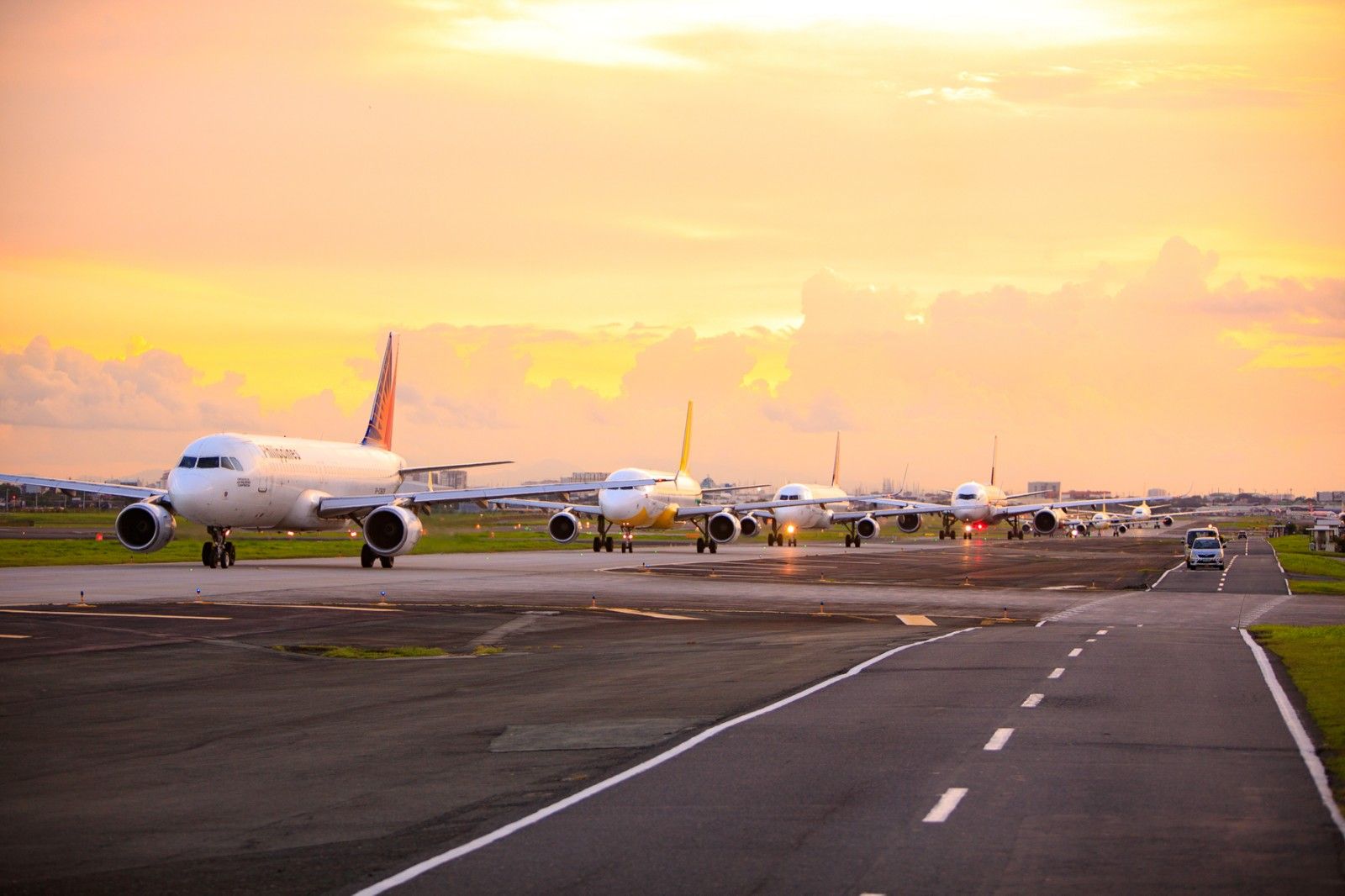
photo: DOTr Facebook page
The San Miguel Corporation (SMC)-led consortium has taken over the management and operation of the Ninoy Aquino International Airport (NAIA) in a move that is expected to modernize the 76-year gateway which has been repeatedly branded as one of the world’s worst airports.
Through its New NAIA Infra Corp. (NNIC), the consortium of SMC and the Incheon International Airport Corporation, took over the management and operation early Saturday morning, Sept. 14, through the signing and turnover of the necessary documents from the Department of Transportation to SMC chairman Ramon Ang.
DOTr Secretary Jaime J. Bautista expressed optimism that the turnover would convert NAIA to a world-class airport and eventually strengthen the entire Philippine transportation system while catalyzing tourism and economic growth.
"The high public expectation on operational and systems enhancements should translate to improved passenger experience and transform NAIA into a regional hub. This day exudes optimism and high hopes for a modern, safe, and comfortable airport for its citizens and visitors,” said Bautista.
Ang, for his part, described the turnover as an investment in the Philippine future.
"A world-class airport means more jobs, more tourists, and a stronger and more prosperous Philippines. NAIA is the first place travellers get from our country and we want the world to see its beauty and the incredible potential of the Filipino people,” said Ang.
“Let's take pride in what we accomplished so far and everything we will accomplish together moving forward," he added.
Multi-billion peso project
In a statement, the SMC said the consortium has committed P170 billion to execute its phased but ambitious plan to elevate NAIA to world-class standards.
The modernization plan, it said, includes plans to increase passenger capacity from 43 million to 62 million annually and air traffic movements from 42 to 48 per hour.

photo: SMC
Early this year, Bautista announced that the SMC-led consortium won the bidding for the management and operation of the NAIA.
The NAIA privatization project was 30 years in the making, going back to former President Fidel V. Ramos' administration that started the privatization of Terminal 3, but did not push through.
The SMC SAP & Co. Consortium was the front-runner in the race for the highly coveted project as it proposed a revenue share with the government of 82.16 percent – more than double that offered by its two competitors.
Immediate improvement
The NAIA privatization was aimed at modernizing the country’s main gateway, a goal that was committed by the winning bidder.
In a statement, the SMC said the government could expect functional escalators and toilets, stable power and water, improved air conditioning, upgraded baggage handling, faster passenger processing, more seating, and enhanced internet connectivity within three to six months of the takeover.
And within three years, the consortium vowed to improve the runways, to increase terminal capacity, improve commercial spaces and a better traffic flow.
It also committed to have a direct link from NAIA Terminal 3 to the Skyway system.
Long-term goals
The consortium also said it will construct a new terminal building to accommodate an additional 35 million passengers annually.
It also promised to address flooding in surrounding areas and a link to the Metro Manila Subway which is currently under construction.
Revenues
The government stands to gain about P1 trillion in revenues from the PPP project over the 25-year concession period.
This includes the 82.16-percent revenue share to be remitted to the government yearly.
“Travelers can expect business as usual, with flights, check-ins, and other services proceeding as normal,” the SMC statement read.
“The plans for NAIA’s modernization, including terminal reassignments and infrastructure upgrades, will be implemented gradually and strategically in the coming months and years,” it added.
The new NAIA management also assured the public that the transition will be seamless, with no disruptions to airport operations. (With Ariel Fernandez)